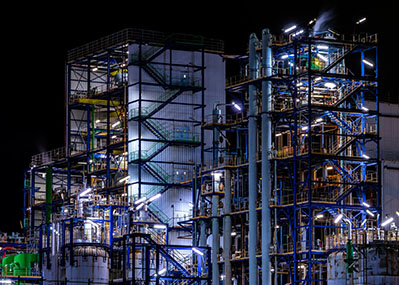

Based on unique process domain and advanced simulation expertise gained over decades, BPT is the default partner in any green energy concepts or projects.
Energy companies, plant designers, equipment vendors and investors typically involve BPT during concept design to validate and de-risk the process and energy systems involved.
Complex equipment and systems in green energy processes are modelled in selected industry-standard process simulator and enhanced by BPT when necessary, providing accurate, robust and efficient tools with high-fidelity performance. We enhance existing or develop new unit operations as extensions to the market-leading process simulators like HYSYS, UniSim and Petro-SIM for challenging and complex process facilities. Often this also include reimplementation or new thermodynamic property and equation of state packages.
The models used for design stage are further used in control system validation, operator training and performance monitoring during operation. The technology and knowledge represent a high-fidelity lifecycle simulator. Digital Twins. The GREEN TWIN.
More about BPT



BPT has in-depth knowledge and experience in developing and enhancing the process simulator unit operations, processes and thermodynamic properties. Some examples are listed below: